Facts and Trivia About the Outer Planets
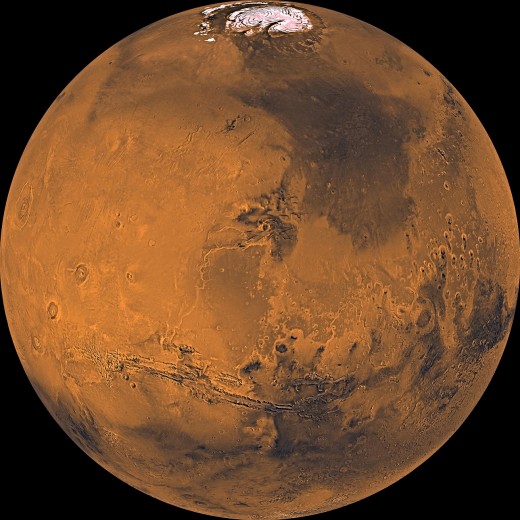
Mars - The nearest of the outer planets Mars is much smaller than earth with a smaller atmosphere and here are some interesting facts about the red planet.
- The red planet is red due to the high concentration of iron oxide on the surface
- Mars has 2 moons.
- Mars contains the largest volcano in the solar system named Olympus Mons with a peak of 21 kilometers above the martian surface.
- The first pictures taken of the mars surface were taken by the Viking probes which landed there in 1975.
- If one were to stand on the surface of Mars and look into the sky the sun would appear half the size as from the earth surface.
Jupiter - The largest planet in the solar system.
- This planet takes 12 years to travel around the sun.
- Jupiter has rings much like Saturn but are very difficult to see through normal telescopes.
- Jupiter has 62 moons, including a couple with atmospheres one Europa has an oxygen atmosphere and possibly a liquid water ocean beneath hundreds on miles of ice. Another moon Lo has a sulfur dioxide atmosphere and is the most volcanic body in the solar system.
- It would take 1300 earths to make the same volume as one Jupiter.
- The "great red spot" a never-ending tornado on the surface of Jupiter is large enough to swallow the earth.
- A 200 pound man on earth would weigh approximately 63,600 pounds on the surface of Jupiter.
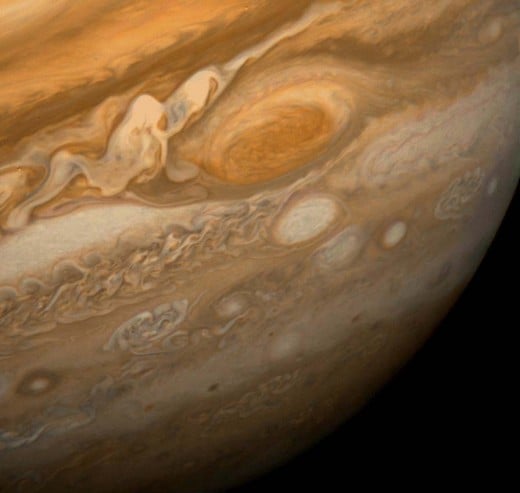
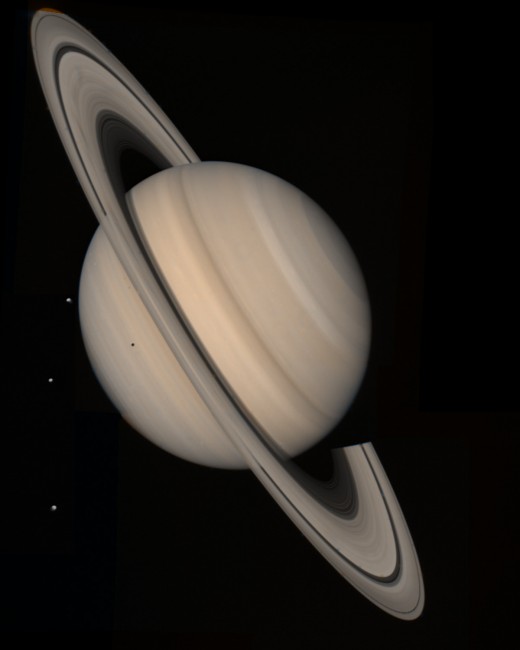
Saturn - Large and gaseous with a solid core Saturn is easily identified by its pronounced rings.
- Saturn has 62 moons including one, Titan, that has an atmosphere more dense than that of Earth. Titan also has lakes, rivers, and rain from liquid methane and ethane.
- Titan one of the largest moons of Saturn is the only moon (other than our own) that has had a probe, called the Huygens probe, land on it and take pictures of the surface from the surface.
- Saturn's rings appear solid when viewed through a telescope but are actually made up of primarily water and some dust.
Uranus - This planet was discovered is 1781 by William Herschel it was the first planet discovered after the ancient and middle ages.
- Uranus has 27 moons.
- It has been discovered that like the planet Saturn has rings around it but unlike Saturn the rings are very difficult to see with conventional telescopes.
- Uranus spins as though laying on it's side from top to bottom.
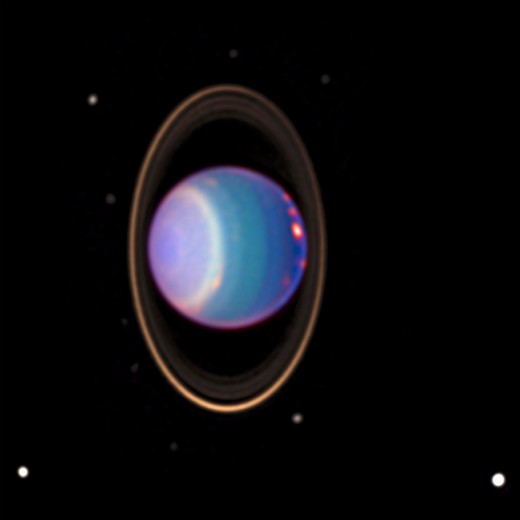
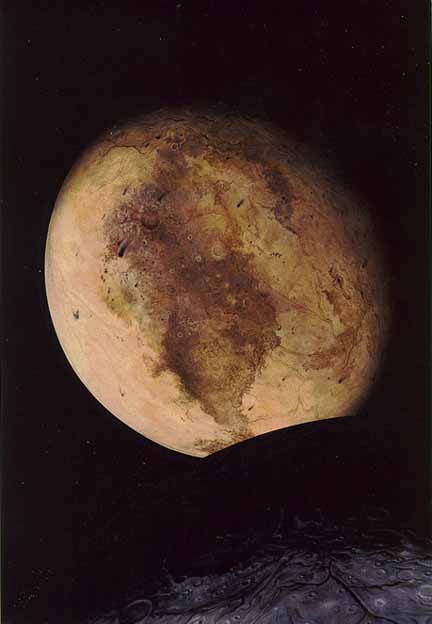
Neptune - The second last planet in or solar system (or last planet if you are going by the new idea that Pluto is no longer a planet.)
- Neptune has 13 moons including one, Triton, that has an atmosphere.
- This planet was discovered only because of distortions in the orbit of Uranus as it revolved around the sun.
Pluto - This body was considered a planet until more recently when it was downgraded to a dwarf planet.
- When Pluto was considered a planet, the final planet in our solar system it sometimes relinquished that title to Neptune due to it's unusual orbit at some points being closer to the sun than Neptune.
- Earth's moon is larger than Pluto.








